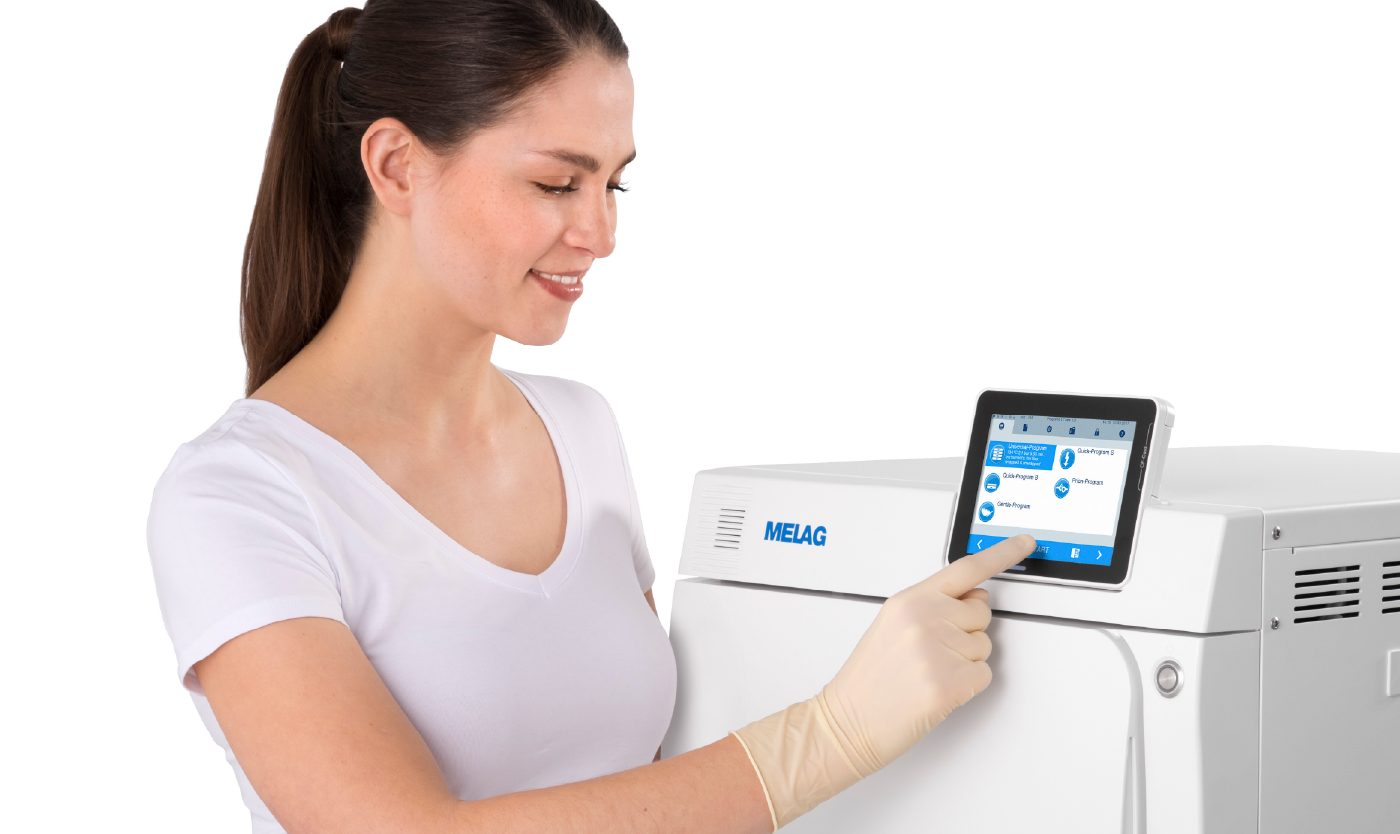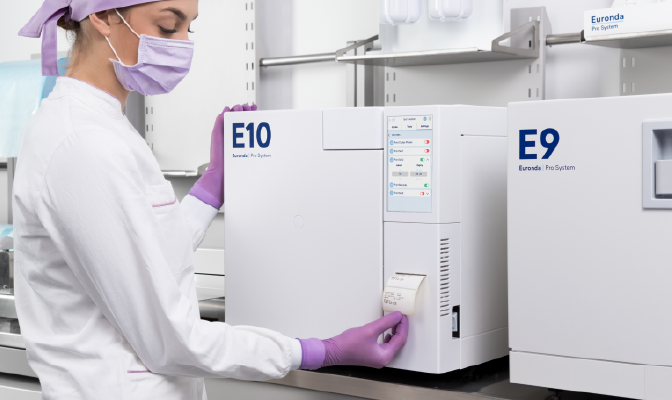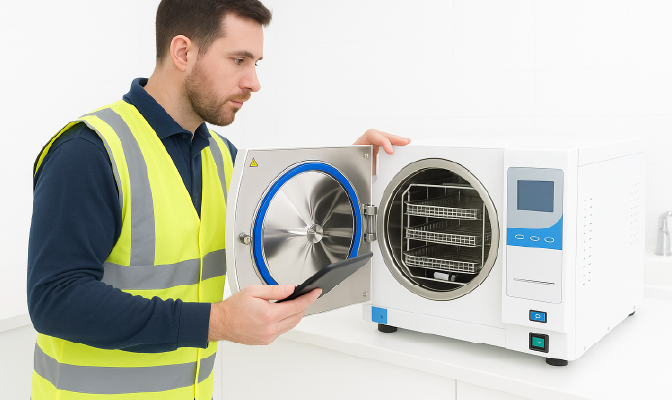If you work in a dental clinic, beauty studio or any other practice that relies on sterilised instruments, your Autoclave is one of the most important tools in your setup. It works quietly behind the scenes, ensuring every instrument is safe to use, but how can you be sure it’s doing its job properly?
This is where Autoclave validation comes in.
Most small clinics assume that running a sterilisation cycle means everything is taken care of; however, without proper sterilisation, there is no guarantee your Autoclave is reaching the right temperature or even sterilising at all. Not only this, but if something goes wrong, it can result in expensive consequences.
Validating your Autoclave doesn’t have to be overwhelming or technical. In this guide, we will walk you through the what, why and most importantly, the how of validating your Benchtop autoclave. Whether you’re setting up a new Autoclave or just want to ensure you’re meeting the correct standards, we’ve got you covered with simple, actionable steps.
What and why is validating your Benchtop Autoclave important?
Let’s start by explaining what Autoclave validation is.
To put it simply, validation is the process of confirming that your Autoclave consistently and effectively sterilises tools to the required standards. It involves a few specific checks to ensure it works correctly.
Why does this matter?
Improper sterilisation can lead to cross-contamination or infection risks
Many health authorities require validation as part of their compliance checks
Even the top-class Autoclaves may seem like they are running fine, but they may not be sterilising properly
Validation provides you with confidence, protects your clients, team and your reputation.

The different types of Autoclave validation
Before jumping into testing, it is helpful to understand the three main types of validation you’ll need to perform. These are often referred to as IQ, OQ and PQ.
IQ (Installation Qualification)
This is the foundation; IQ is all about confirming your Autoclave is installed correctly, in line with the manufacturer’s guidelines.
Here is what you need to check:
Is it plugged into the correct power supply?
Is the water source (if needed) clean and connected correctly?
Is it placed in a suitable, ventilated area?
Are all parts/accessories included and free from damage?
OQ (Operational Qualification)
Next, you need to check if the Autoclave runs correctly under test conditions without any instruments inside. This is where you can check that the Autoclave reaches the right temperature, pressure and time for sterilisation.
Things you might do here:
Run a few empty test cycles
Use thermocouples or a data logger to confirm heat distribution
Record results to make sure they meet sterilisation parameters
PQ (Performance Qualification)
PQ is all about making sure the Autoclave sterilises your instruments, not just an empty load.
This involves:
Loading the autoclave as you normally would
Using biological and chemical indicators
Checking results over several test runs
When all three validation steps are completed and passed, you have solid proof that your autoclave is working effectively and reliably.

Common Mistakes to Avoid
By now, you have a solid understanding of how to validate your Autoclave confidently, but it’s easy to make a mistake. Below are the most common missteps people make during Autoclave validation and how these can be avoided.
Skipping Performance Qualification (PQ): Test with biological indicators inside a full, typical load and do it more than once to confirm consistency.
Using wrong test loads: Use actual items or a realistic test pack that reflects your daily setup to give you an accurate picture of how effective the cycle is.
Missing industry regulations: Check your industry regulatory requirements. For example, the UK follows HTM 01-05 for dental practice.
Poor record keeping: Create a simple validation log to record each step, including dates, cycles, test results and the person who performed the validation.
In this guide, we have given you the key considerations for validating your benchtop autoclave. Taking the time to validate properly not only gives you peace of mind but it also protects your patients, clients and reputation.
By following the steps that we have outlined – from understanding IQ, OQ and PQ, to avoiding common mistakes – you can feel confident that your Autoclave is working exactly as it should by keeping your tools and clients safe.
Did you know?
When you purchase an autoclave from us, you can also buy a service and validation package tailored to your needs. Our comprehensive support packages cover everything from basic maintenance to full-service coverage with emergency response.
No extra fees, no stress, we got you covered. Click here to learn more.



















